But ultimately what guaranteed that the Carter
presidency would be a one-term presidency was the economy. Carter's own
appointed Federal Reserve Chairman Paul Volcker decided in the latter
part of 1979 to attack the high inflation set loose by the huge
three-fold oil price hike (caused by Iran's withdrawal from the
international oil market) – and the need of the rest of the industrial
economy to raise prices on their products in order to maintain some
degree of profitability in the face of the new energy costs. Volcker
decided that he was going to solve the problem of runaway inflation –
by the Federal Reserve's putting into play a huge tightening of
America's dollar reserves, driving interest rates astronomically high.
He believed that this would indeed kill inflation (if it didn't also
destroy the American economy!).
Thus by cutting back severely the amount
of dollar reserves available for lending to America's banks, Volcker
drove the Federal Reserve discount rate all the way to 20 percent, in
turn forcing the large commercial banks (all of whom borrowed from the
Federal Reserve to maintain their own supply of lending power) to have
to set their prime rates at 21.5 percent, for even their best
industrial customers. This strategy Volcker called "monetarism."
Volcker's "monetarist" (tight money)
strategy was designed to make Americans feel poor enough that they
would stop spending, and thus presumably force down prices, and
supposedly inflation with it. This was also supposed to strengthen the
dollar. At least that was the theory Volcker was supposedly working
under.
What this actually meant was that
industrial enterprises, facing a three-fold increase in their energy
costs in their operations, now found themselves also having to make
huge interest payments on the bank loans on which their businesses
depended. To survive at all, to meet skyrocketing operating costs (now
both energy and interest expenses), they were forced to have to raise
(not lower!) prices on their products quite considerably – to make
enough money just to barely stay in business. In short, Volcker's
monetarist strategy served to drive inflation even further upward.
But far worse, with car loans and house
mortgages borrowed from American banks now running at Volcker's new
rates (forcing the banks' 30-year mortgage rates to run at about 16
percent and industrial prime lending rates up to 21 and 22 percent),
Americans decided to hold off buying a new car or buying that new home.
Thus now with few customers coming through their doors, businesses
found themselves in deep trouble. Soon these businesses began to shut
down, one by one.
Consequently, everywhere the economy not only slowed down, as Volcker intended, it plunged downward in a death spiral.
But Volcker was determined to hang tough
until he single-handedly had "shaken the last of inflation out of the
economy" (or so he said). That was except for the brief period over the
summer of 1980 when Volcker dropped interest rates, to release the
economy from his imposed restraints and thus get it up and moving again
in time to get Carter re-nominated to the Democratic Party ticket. The
economy immediately responded by picking up again.
But before the November elections rolled
around, Volcker decided to take the interest rates right back up again,
plunging the economy back into deep recession, which in turn had the
Americans going to the polls feeling very grumpy. This helped produce a
very humiliating Carter defeat in the 1980 general elections.
But tragically Volcker's monetarist
strategy also helped worsen what were at this point already shaky
American heavy or basic industries (steel, chemicals, cloth,
construction), forcing many businesses either to shut their doors,
never to reopen, or go "offshore" with their operations (to Japan,
India, Thailand, etc.), never to return to America.
And banks, at first making huge windfall
profits on the basis of the new interest charges imposed on their
customers, soon found that they too were losing customers – as no one
came to the banks looking for mortgages or car loans.
And commercial and industrial
bankruptcies were not what the banks wanted either. Commercial
bankruptcy now got pushed onto the creditor banks who had formerly
funded these now-bankrupt companies more than they were now worth.
True, the banks received title to these bankrupt companies. But what
were the banks to do with these companies? They could not sell them to
investors willing to take them off their hands. There were no such
investors willing to take on the financing necessary to purchase even
these bankrupt companies. Thus it was that American banks now found
themselves also in debt. They could, of course, borrow from the federal
reserve. But what bank was foolish enough to take on federal reserve
loans running at times almost at 20 percent interest? Within short
order, American banks also began to fail one by one.
Thus it was that the only thing that
Volcker's monetarism actually achieved was first the ruination of the
American industrial sector and then the collapsing of much of America's
financial sector as a follow-up.
America now fell into a deep recession,
one that American businesses and consumers had no idea of how to climb
out of. Certainly Volcker's federal reserve bank was of no help in
addressing the problem. At this point it was one of the chief causes of
the problem!

 The American Bicentennial – 1976
The American Bicentennial – 1976 Jimmy Carter and the national elections of 1976
Jimmy Carter and the national elections of 1976 Carter proposes a foreign policy of "Morality"
Carter proposes a foreign policy of "Morality" The surrender of the Panama Canal
The surrender of the Panama Canal The fall of the Shah of Iran
The fall of the Shah of Iran Other international issues during the Carter years
Other international issues during the Carter years American diplomats imprisoned in Iran
American diplomats imprisoned in Iran  Drooping American morale
Drooping American morale  Volcker's "monetarism" to the rescue?
Volcker's "monetarism" to the rescue? Other political causes continue to advance themselves in America
Other political causes continue to advance themselves in America 




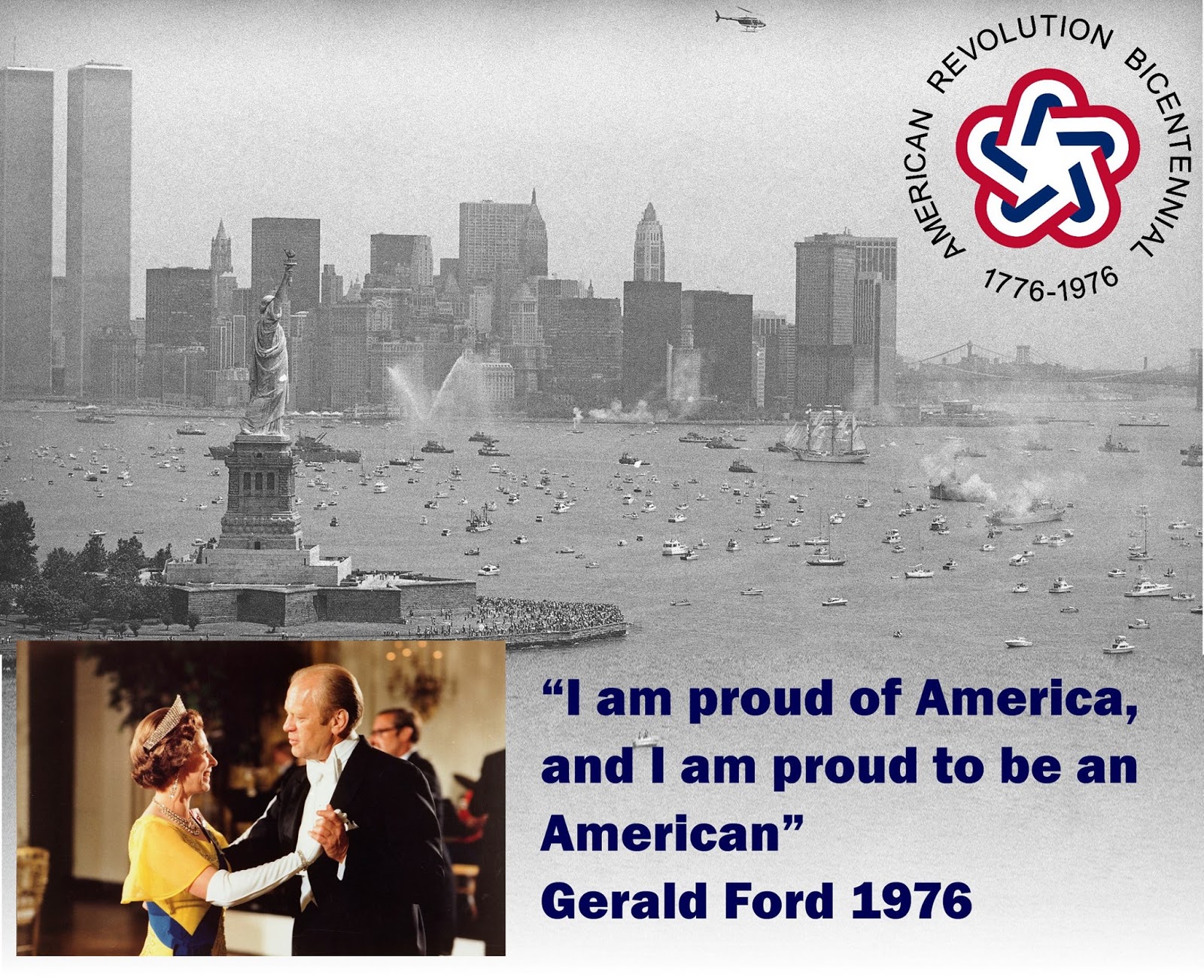

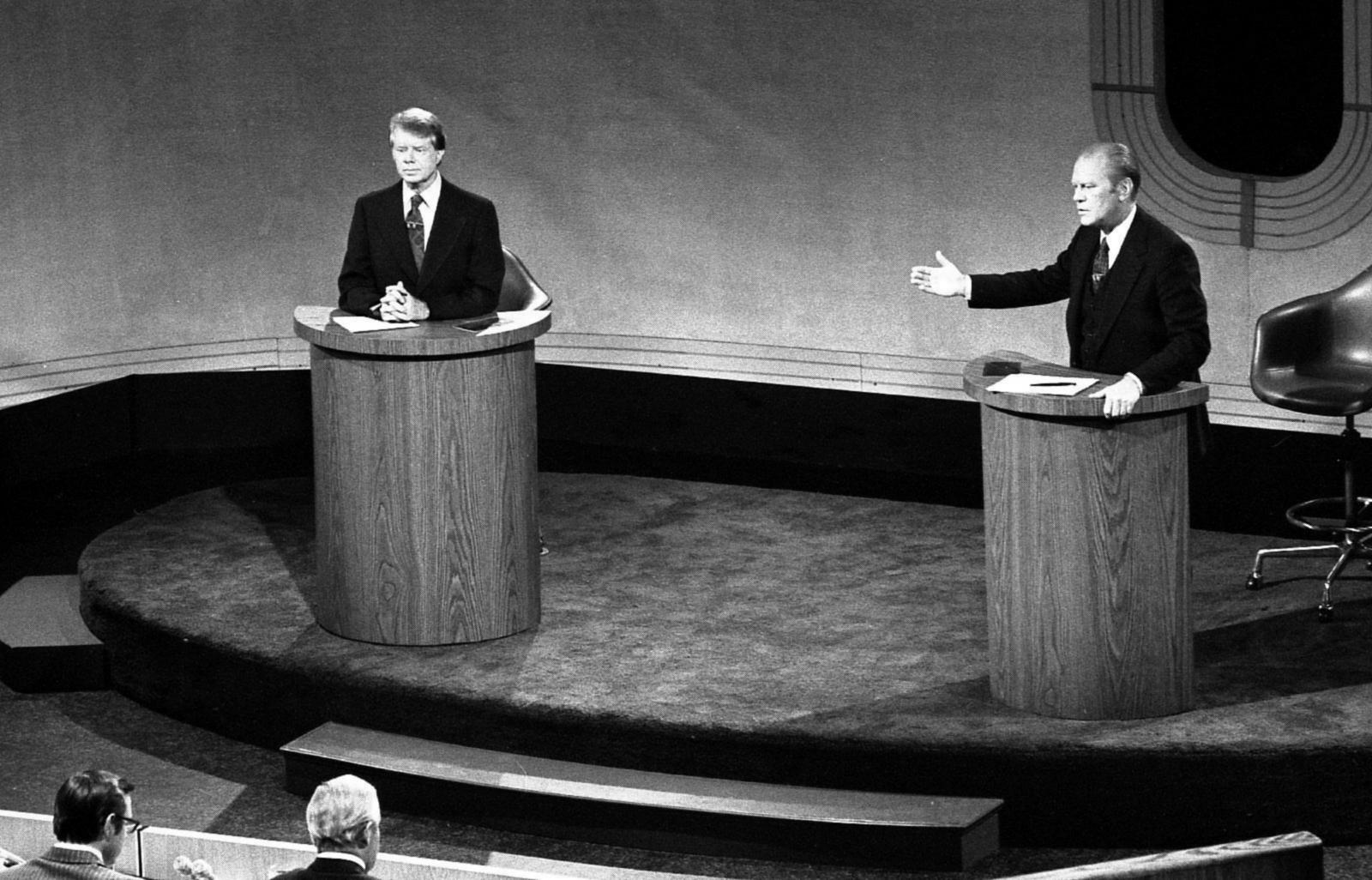
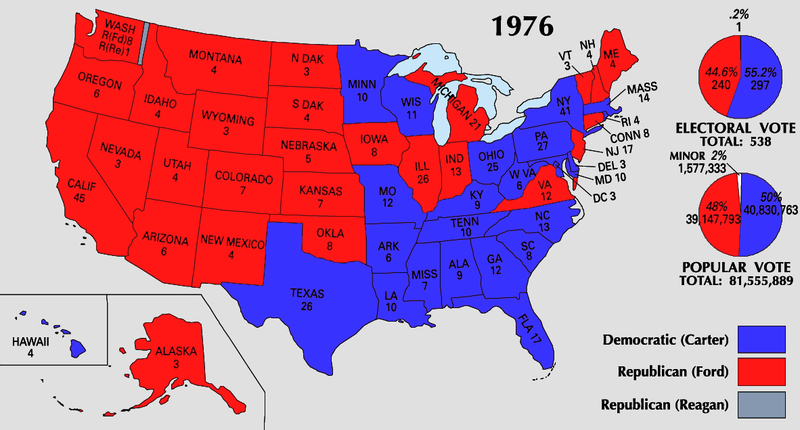
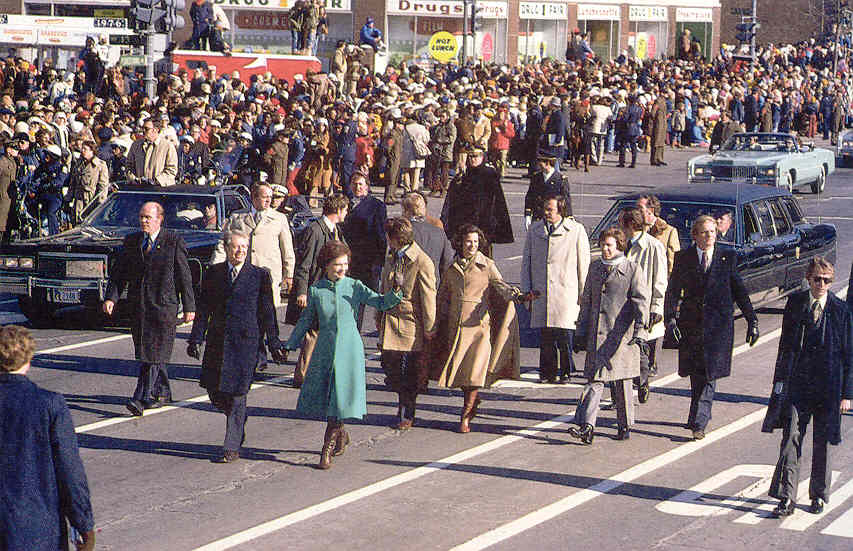
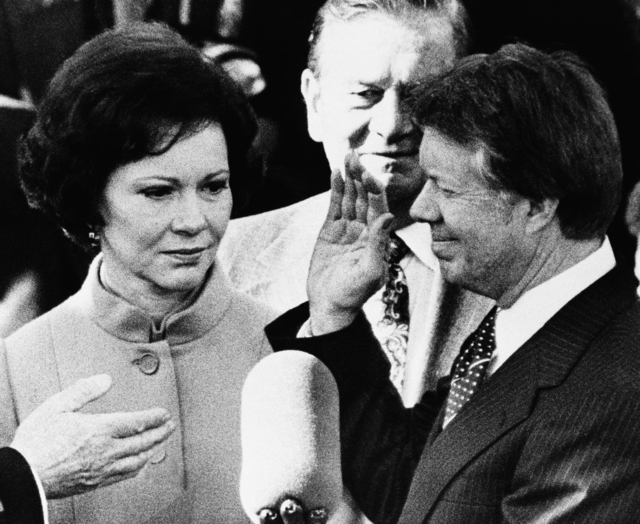

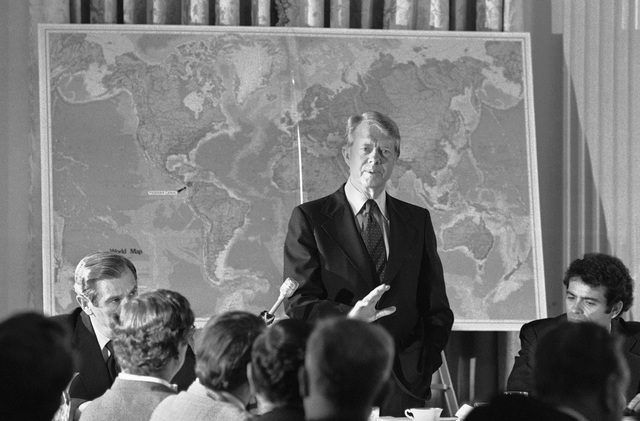
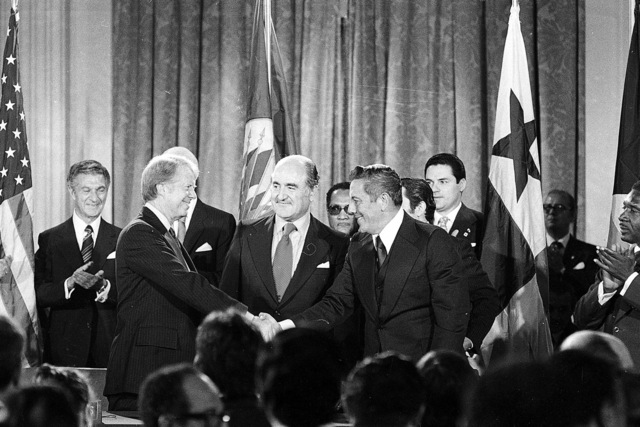
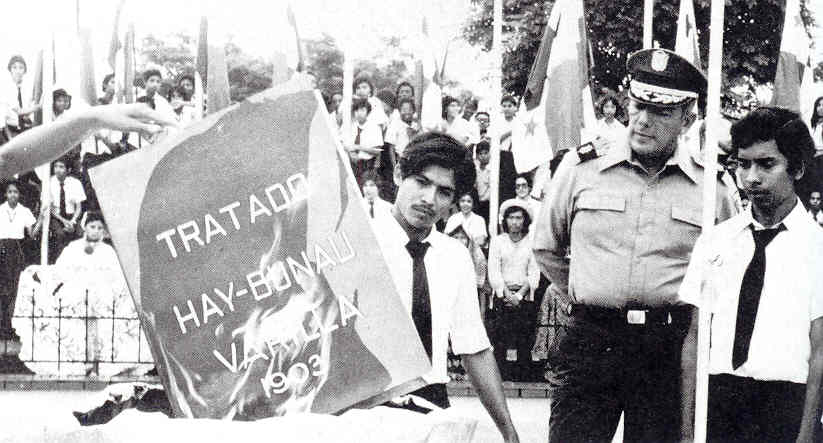
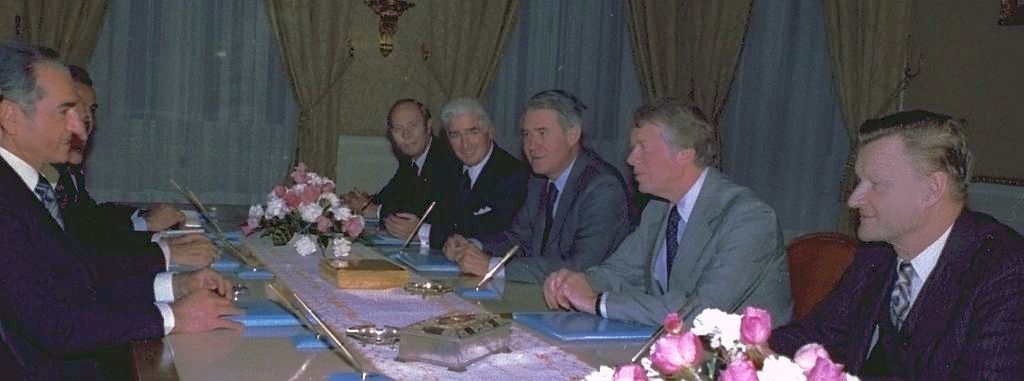
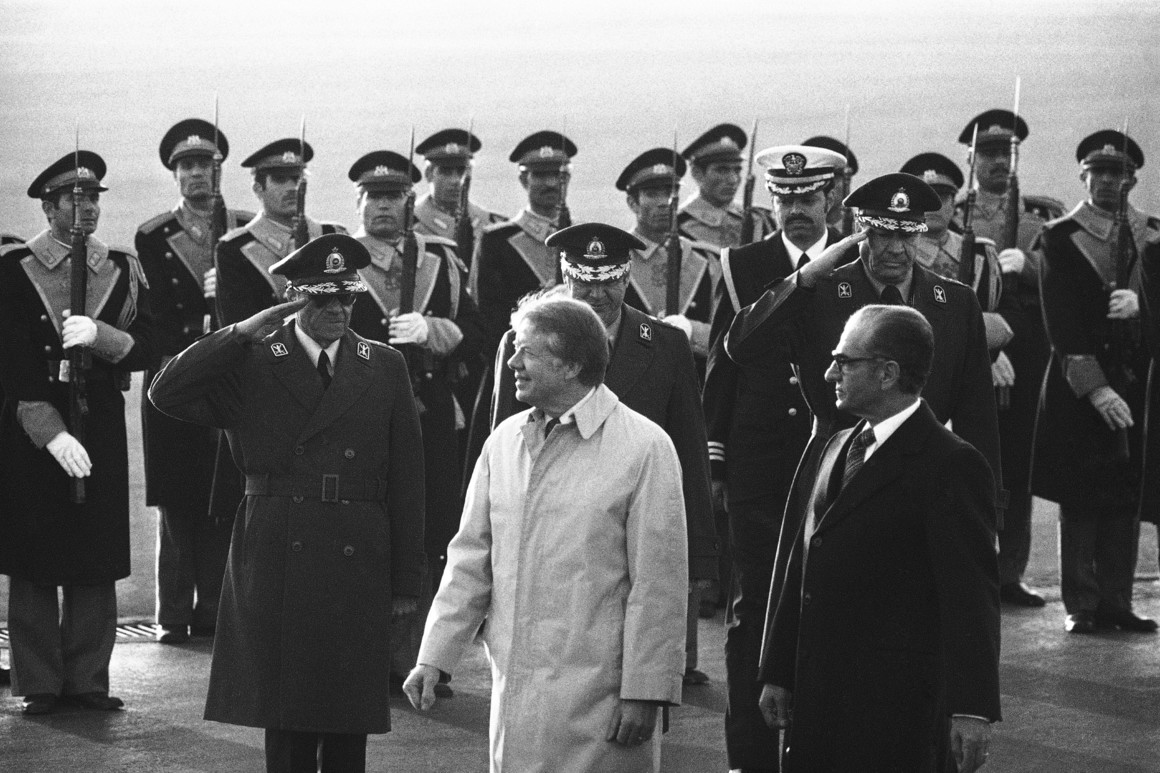
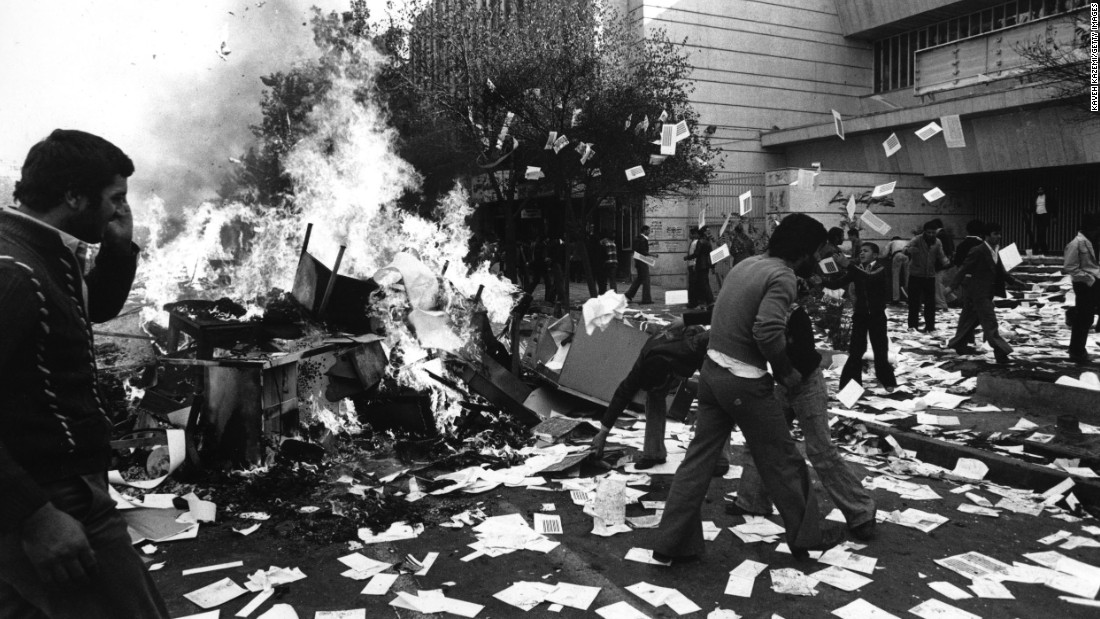
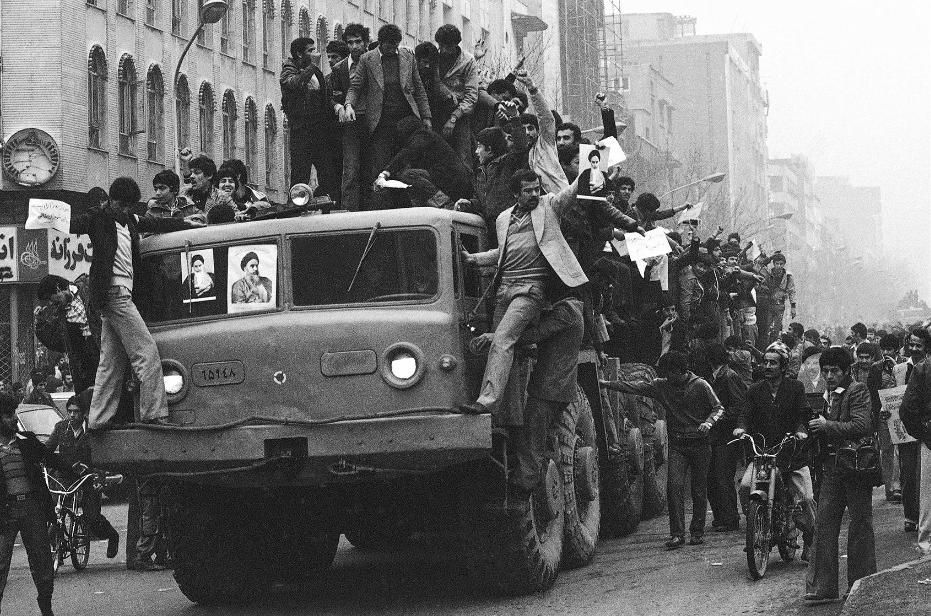
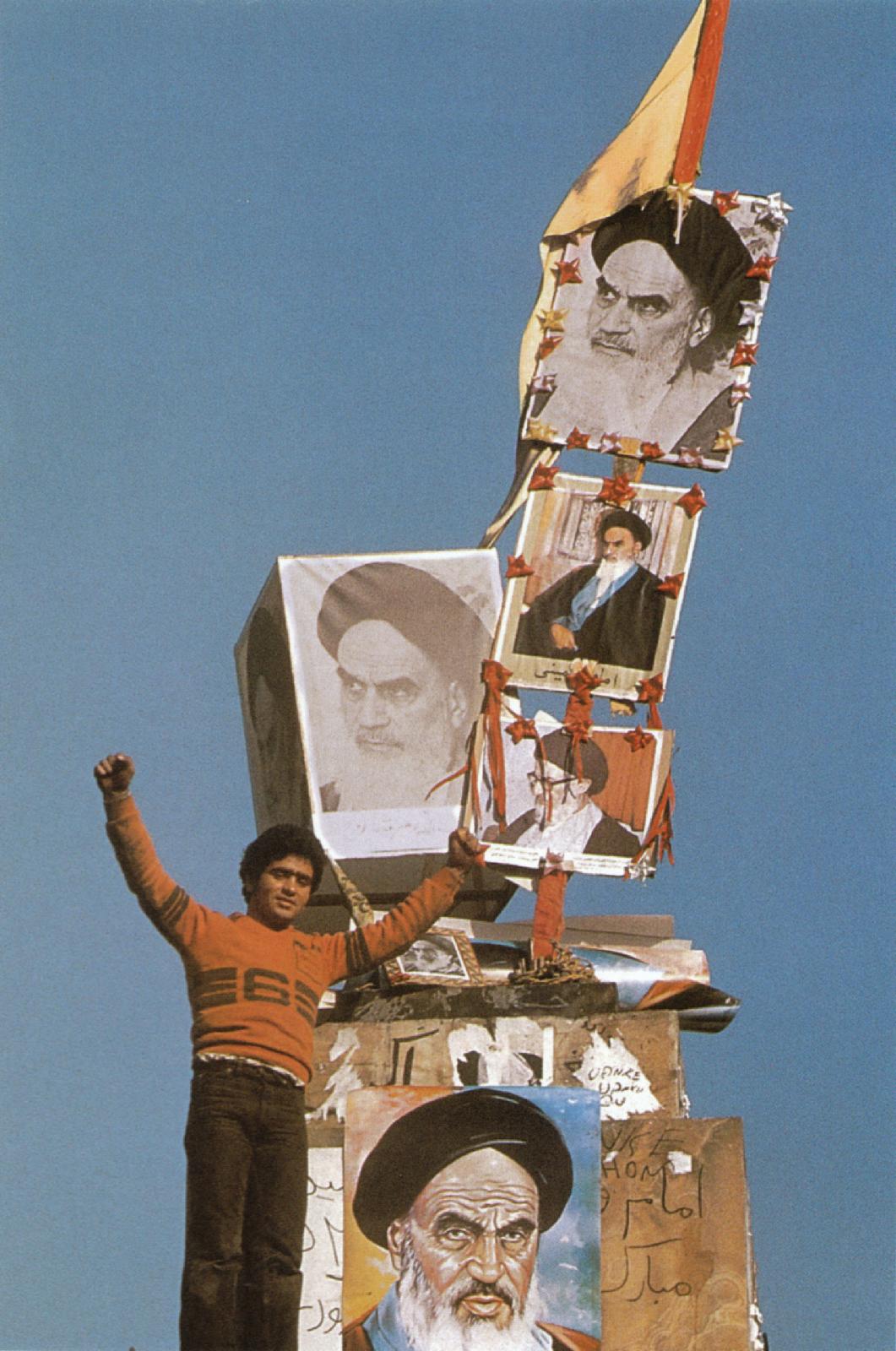
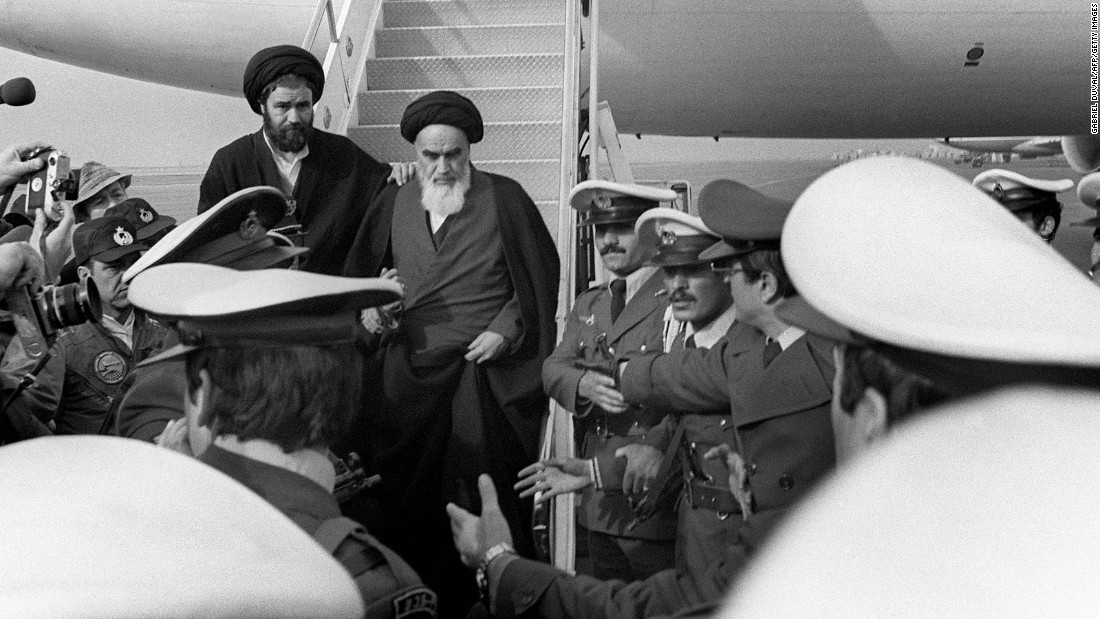
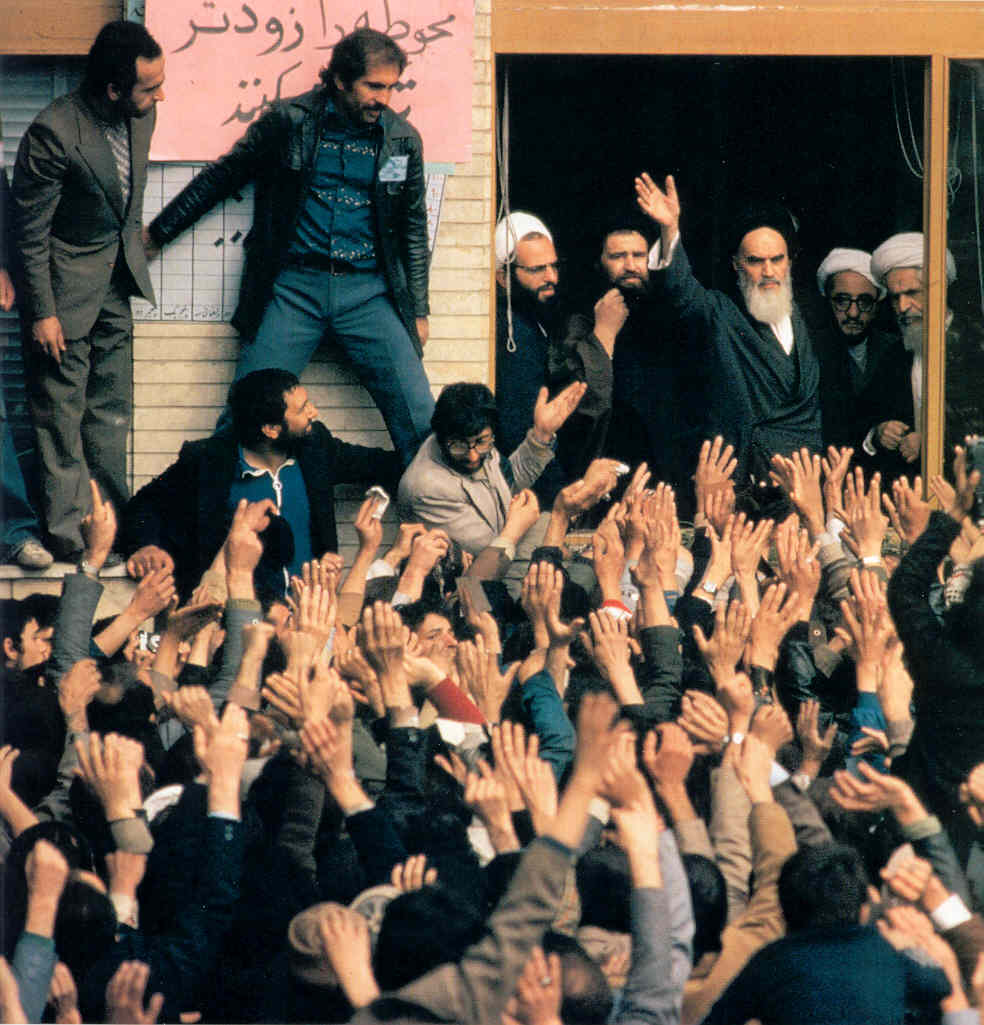
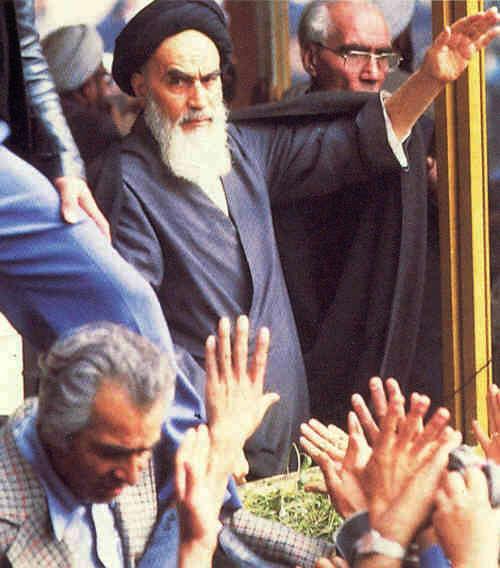
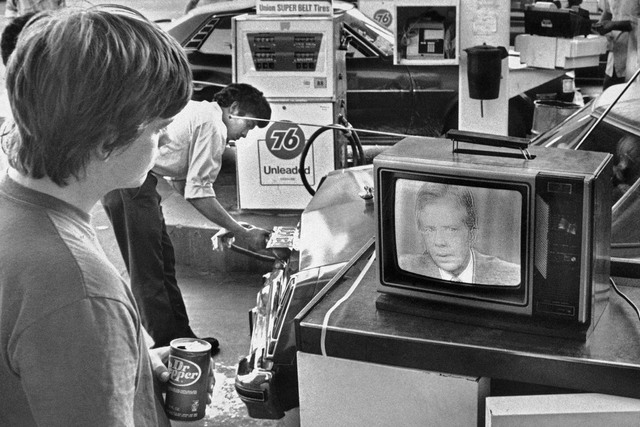
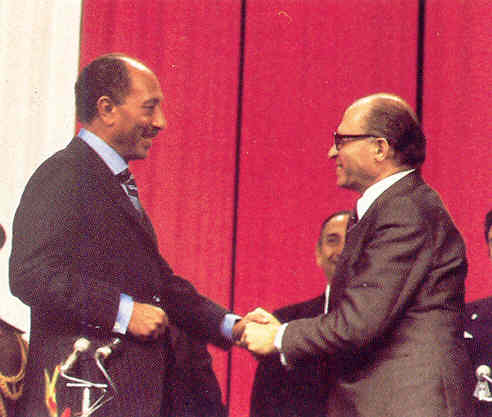
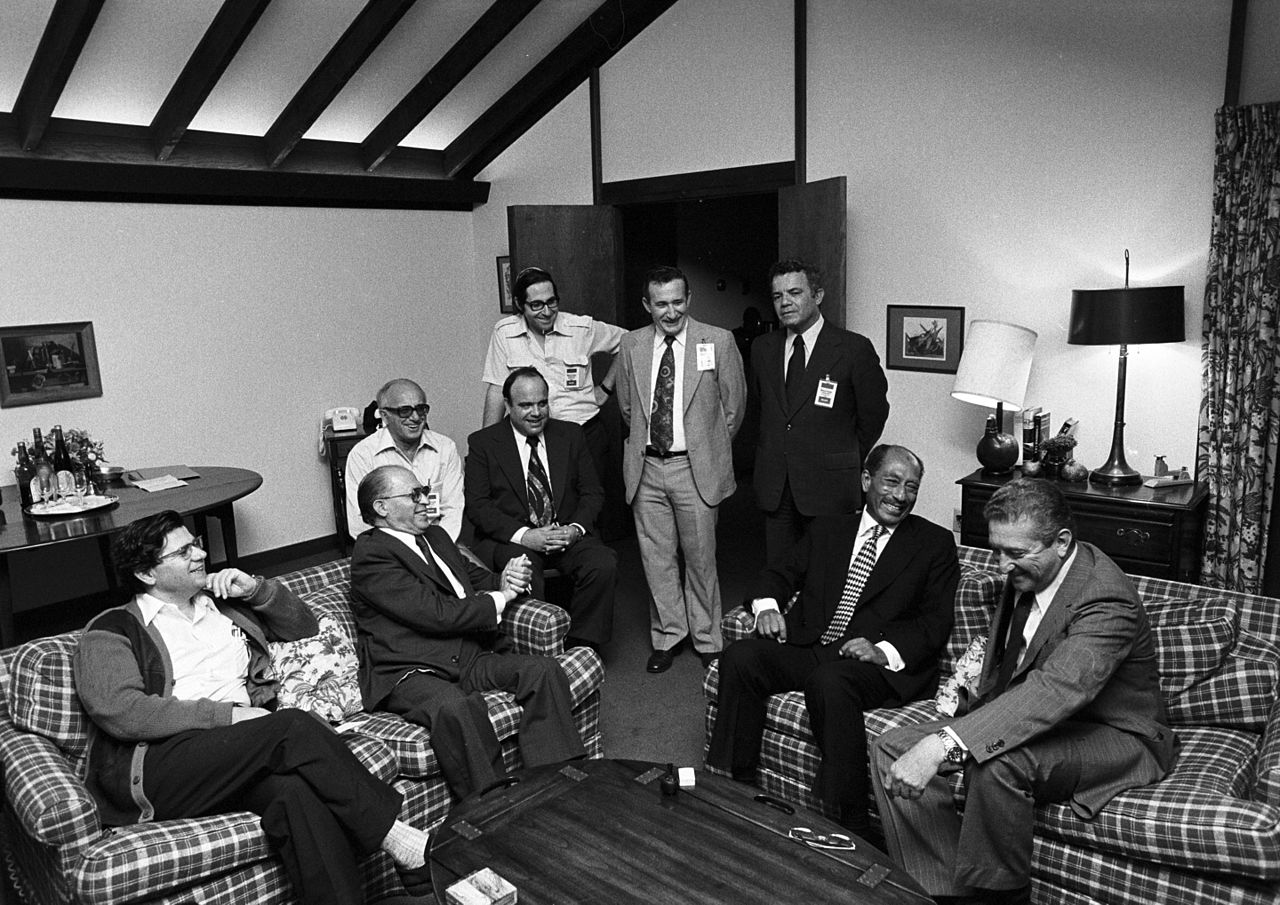
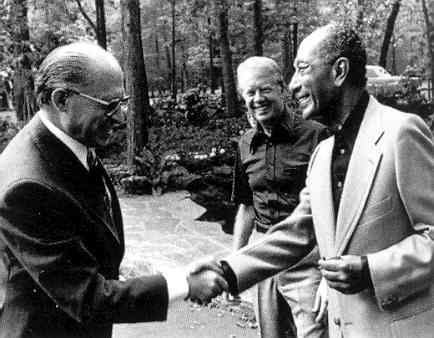
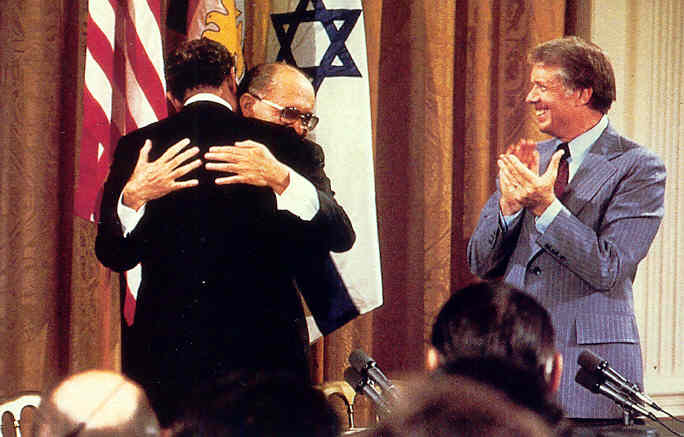
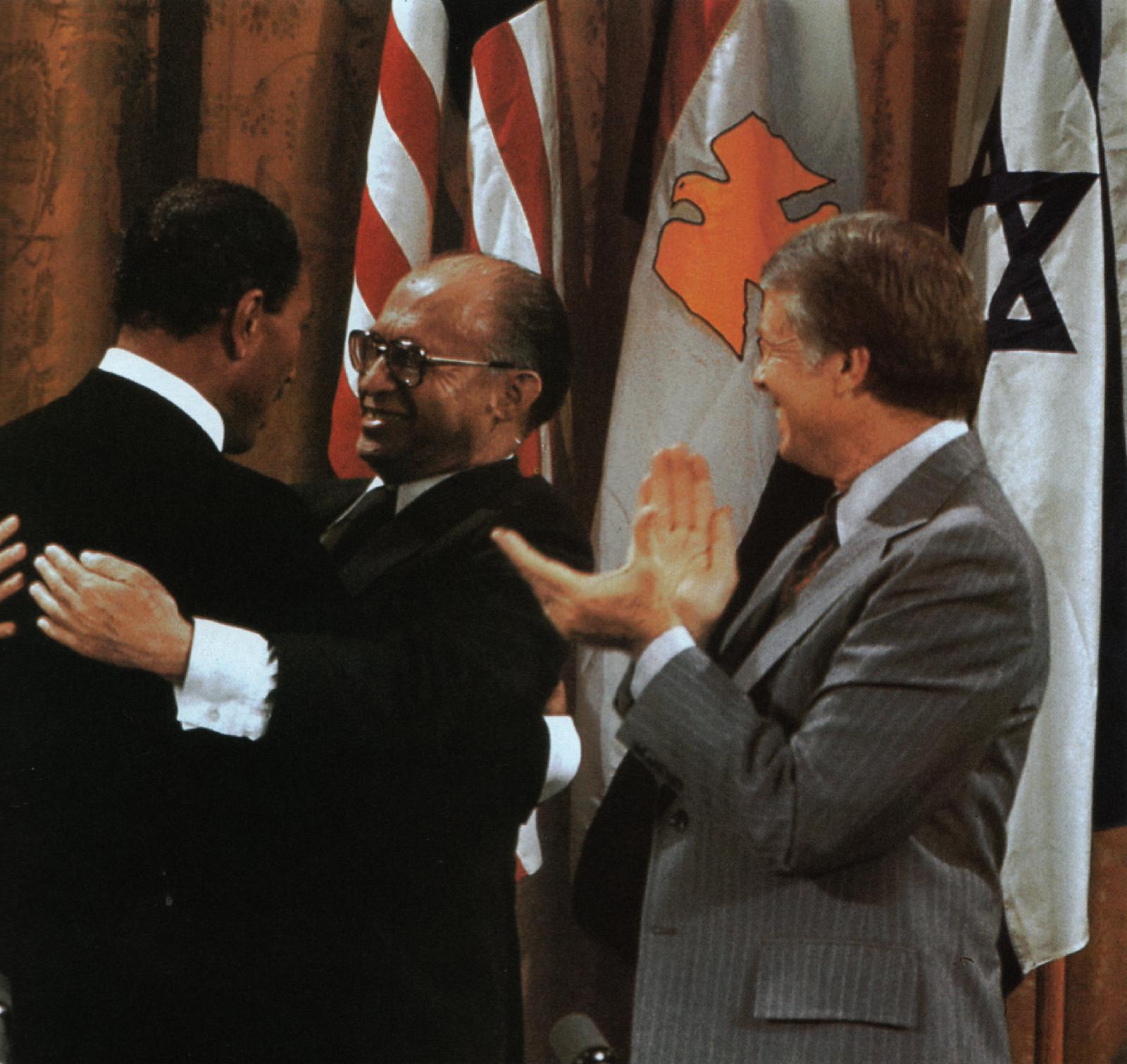
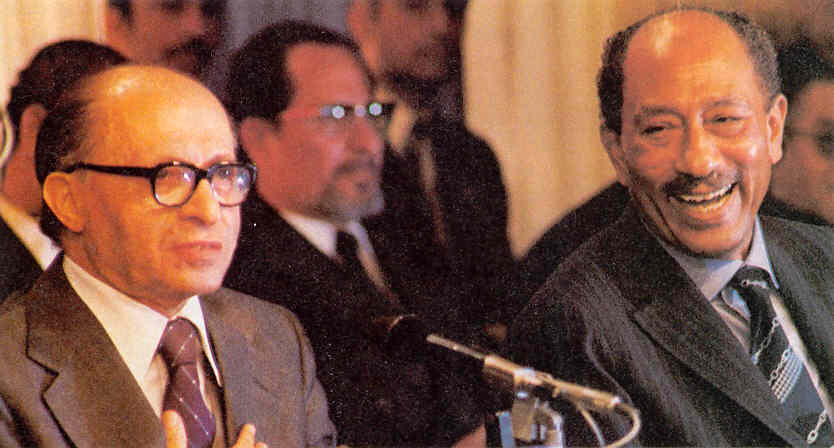
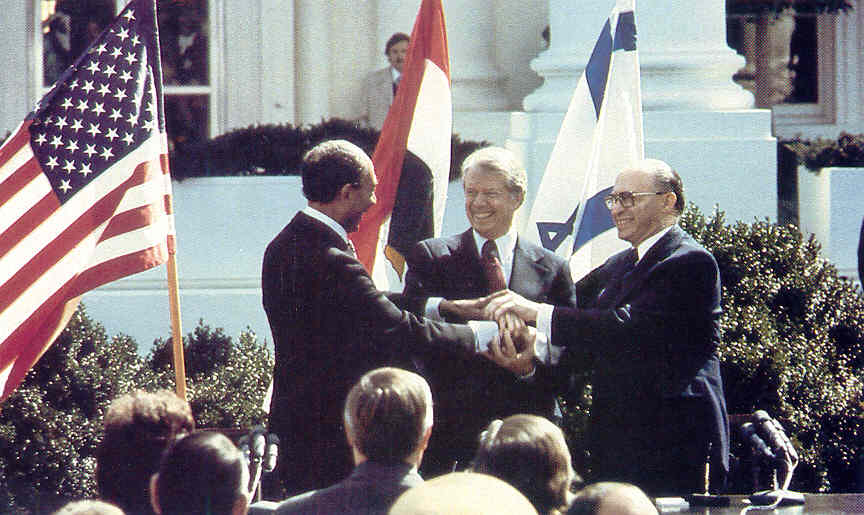
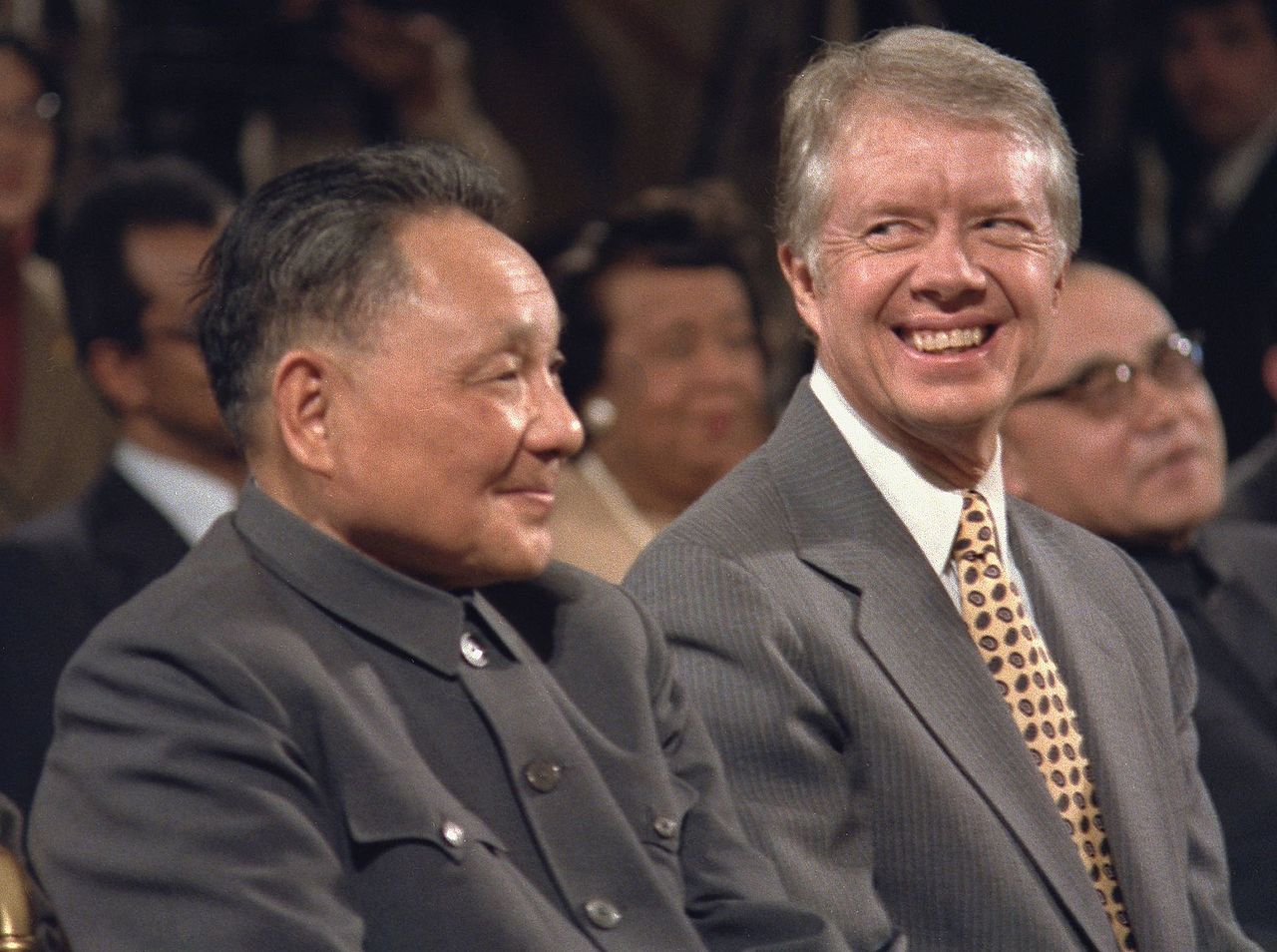
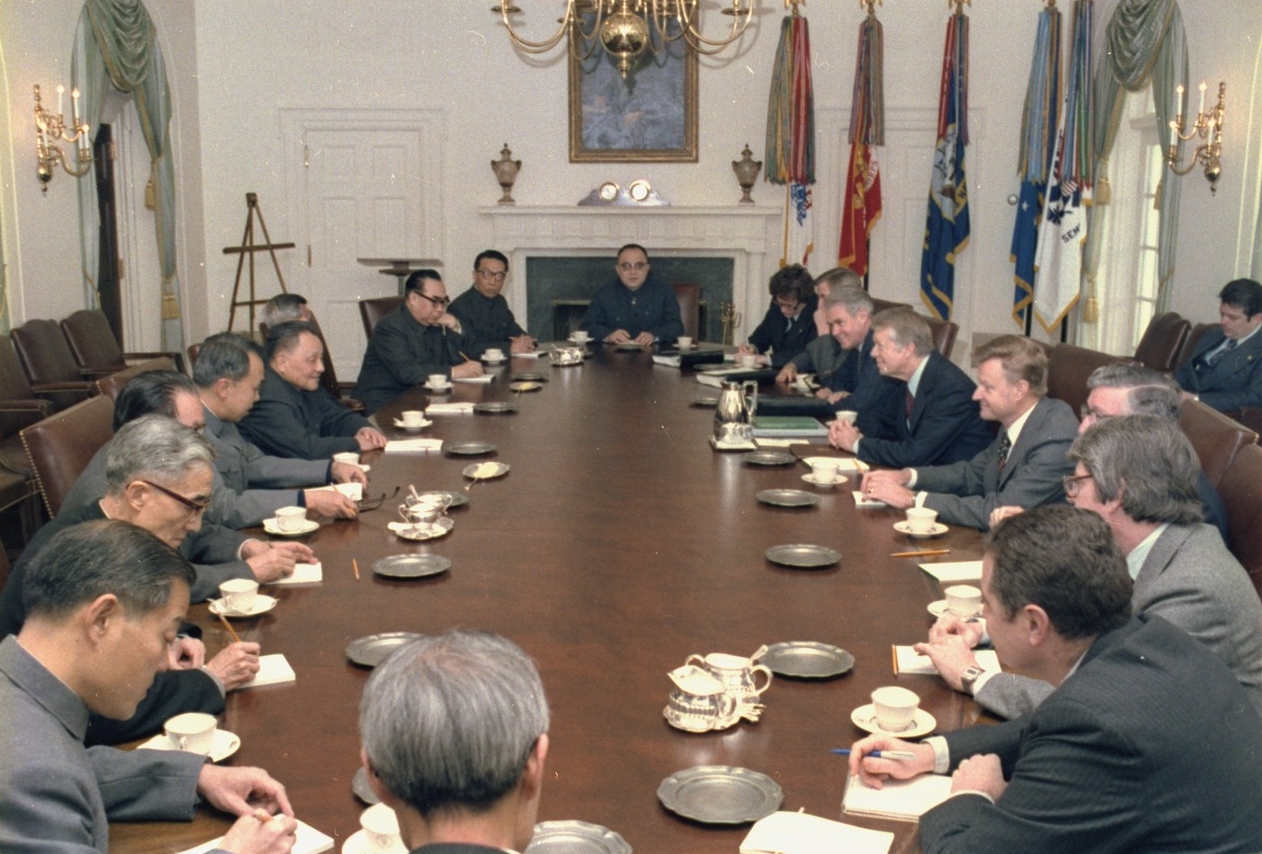
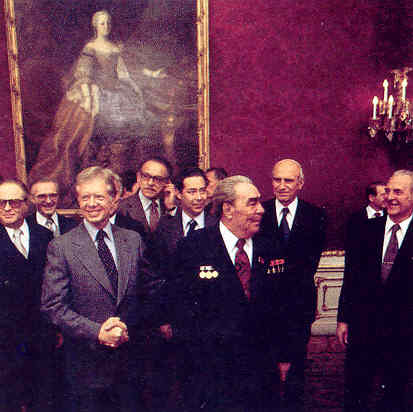
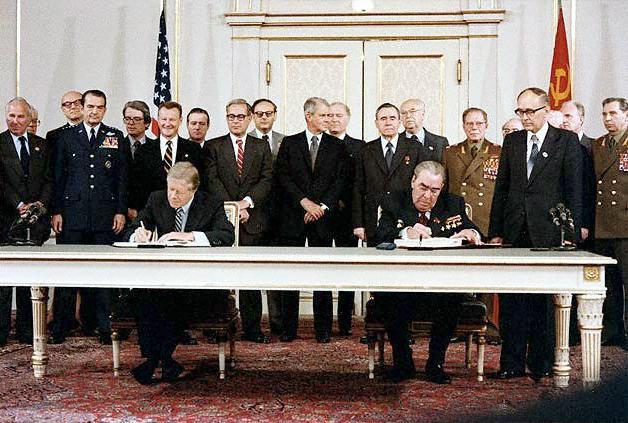
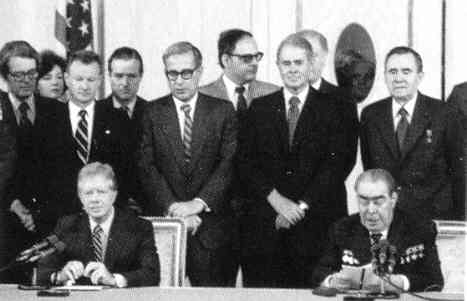
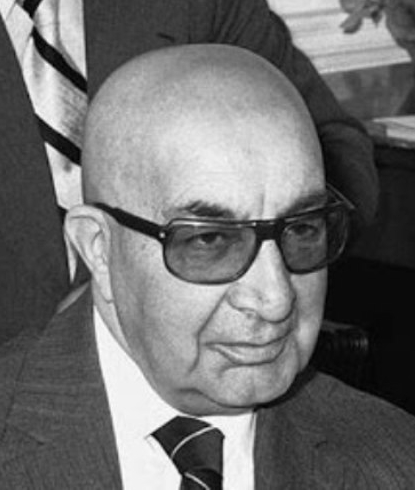
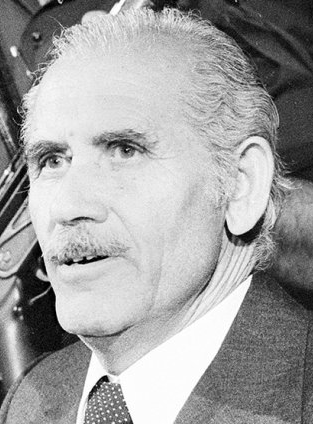
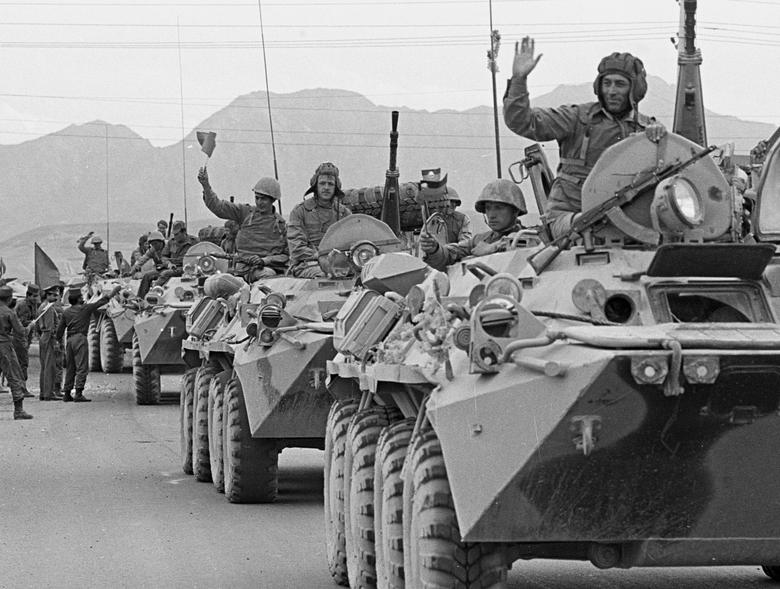
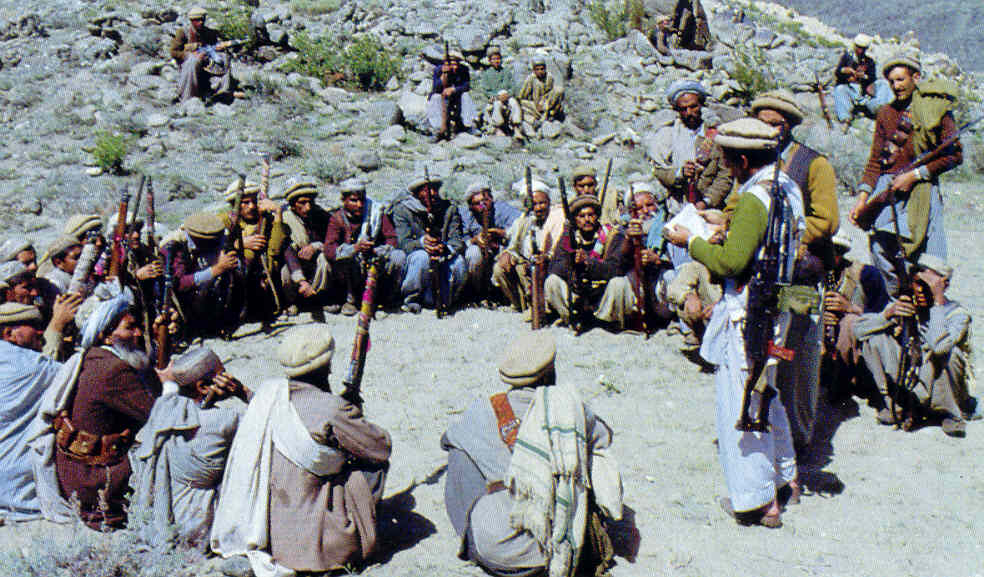
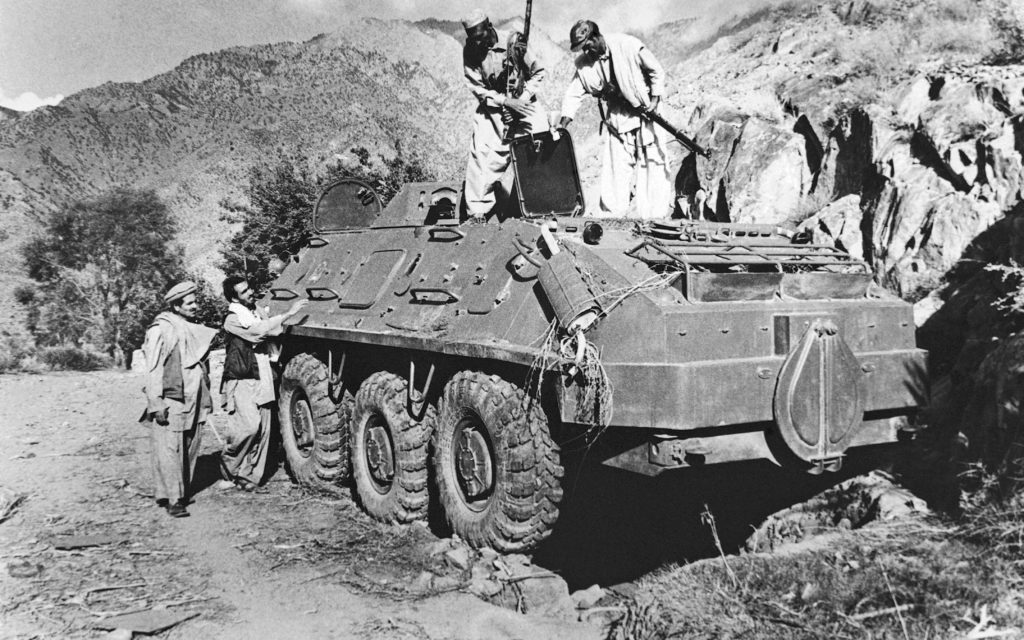
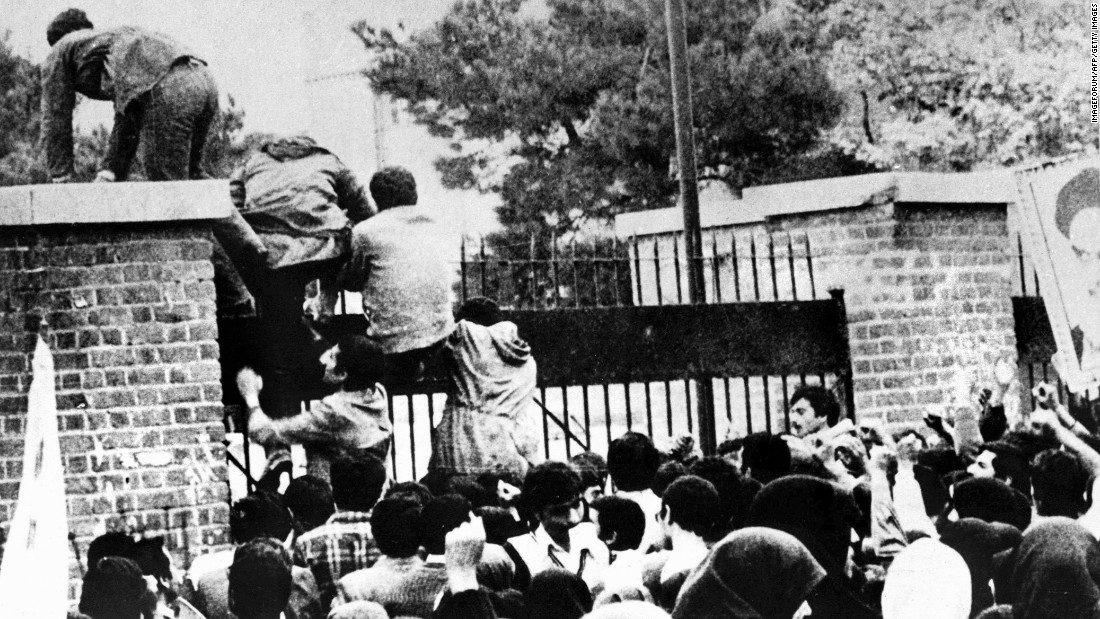
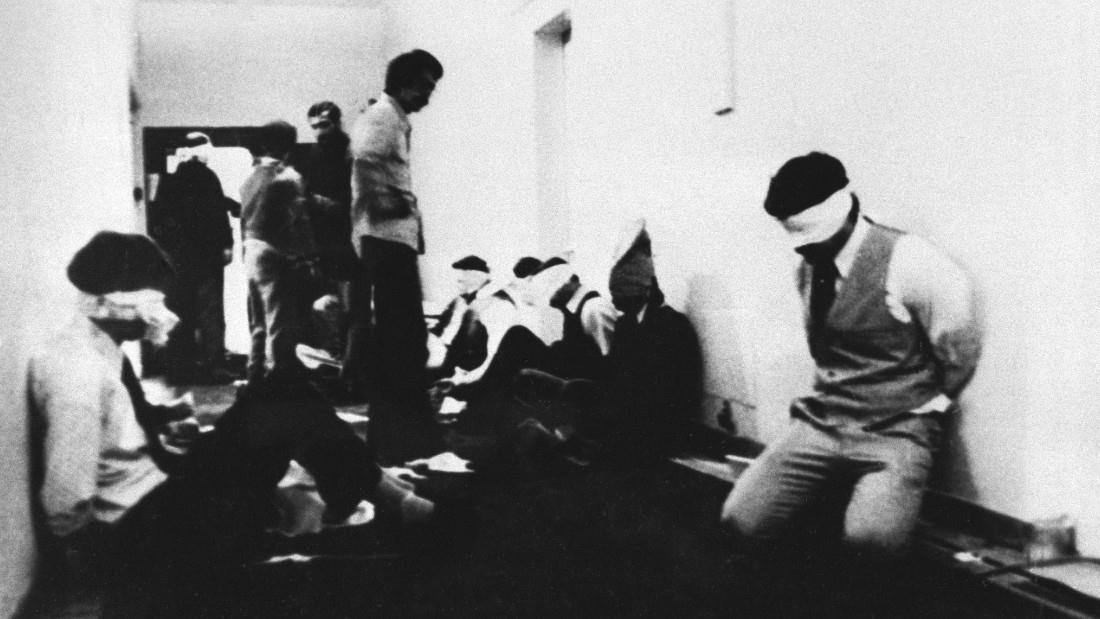
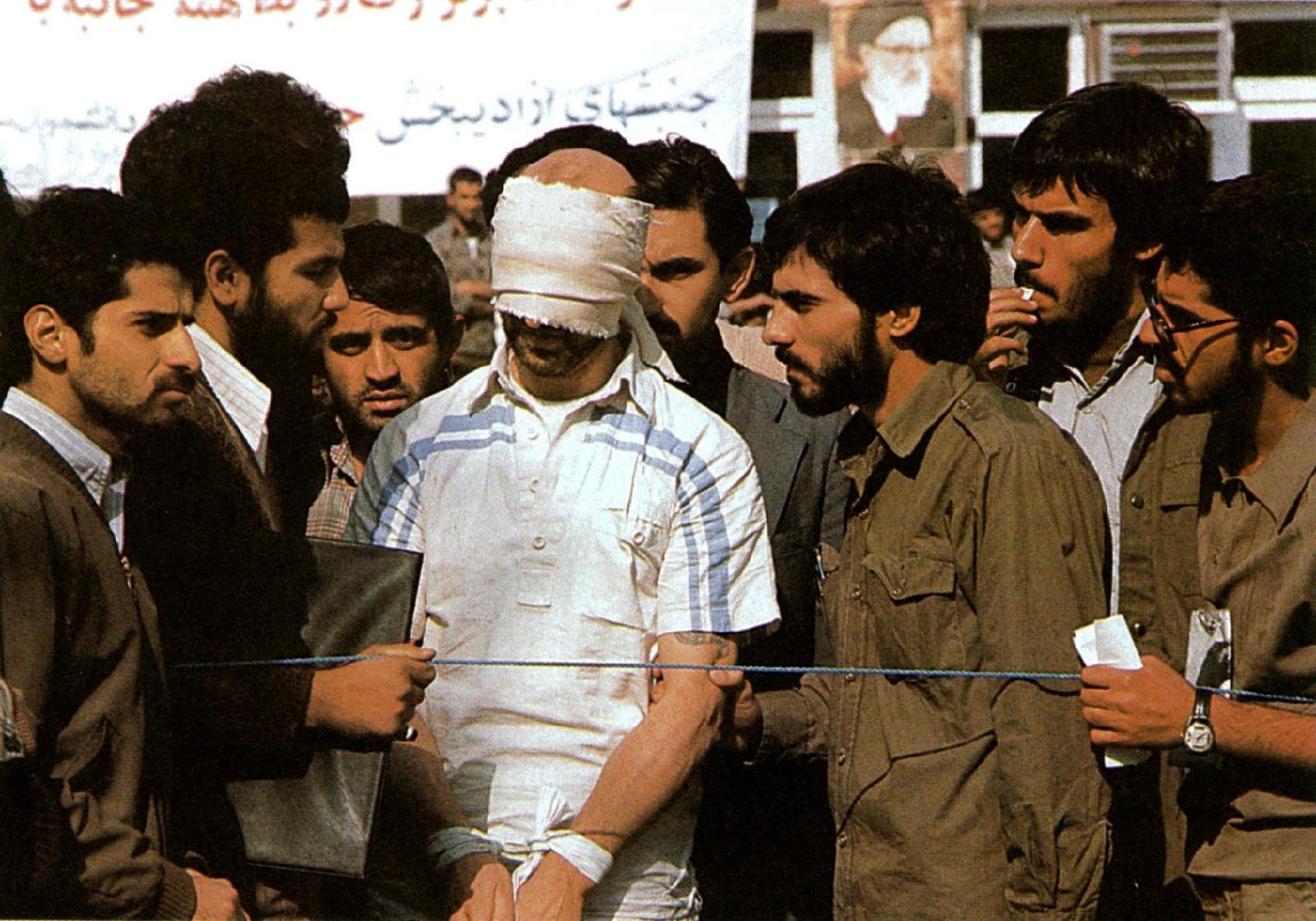
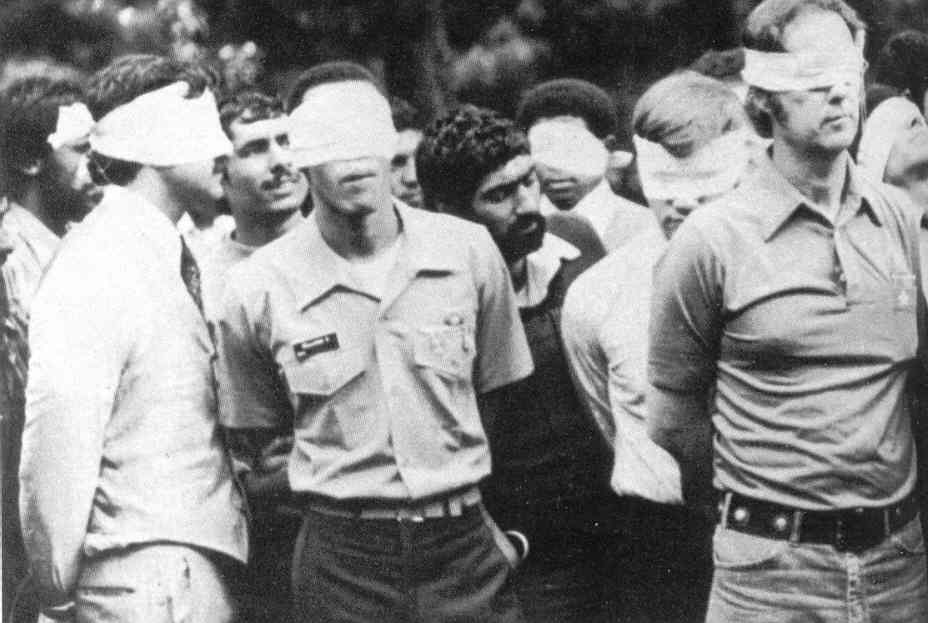
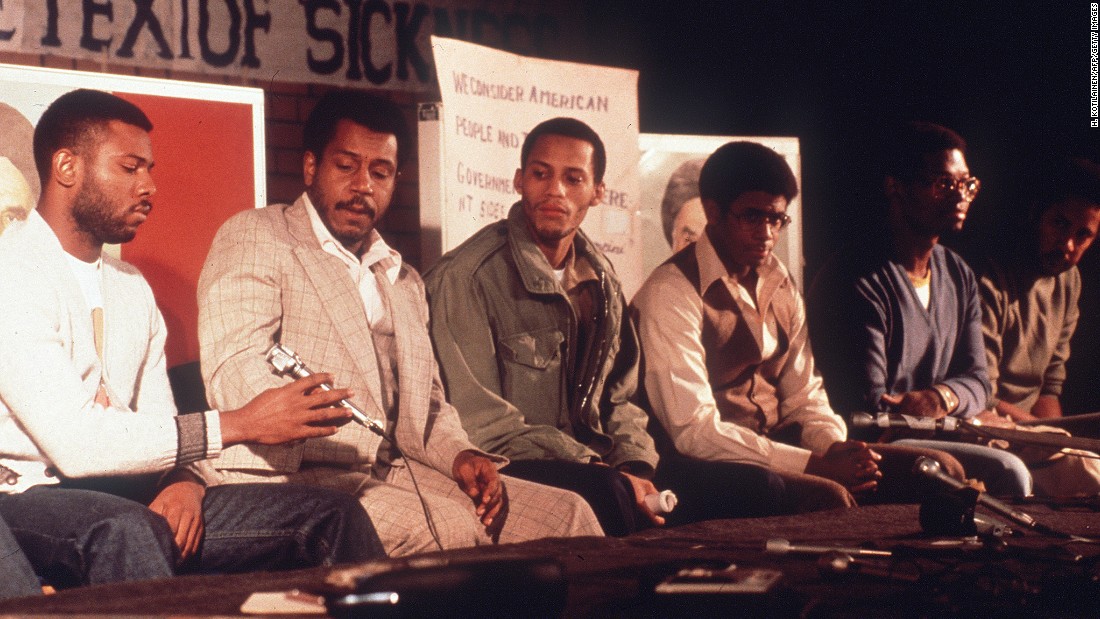
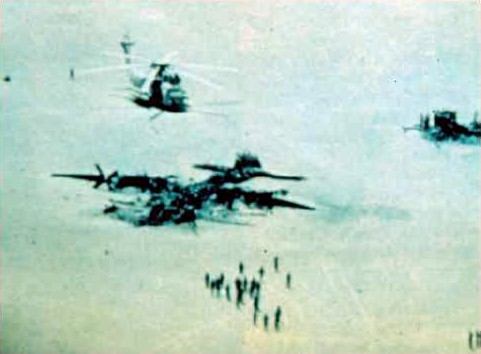
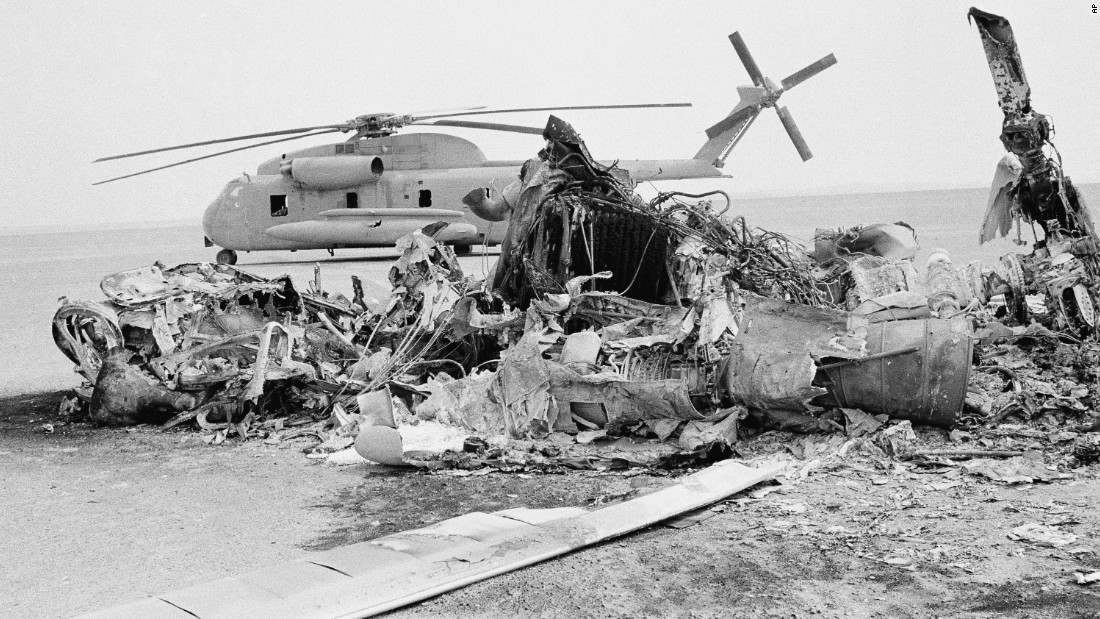
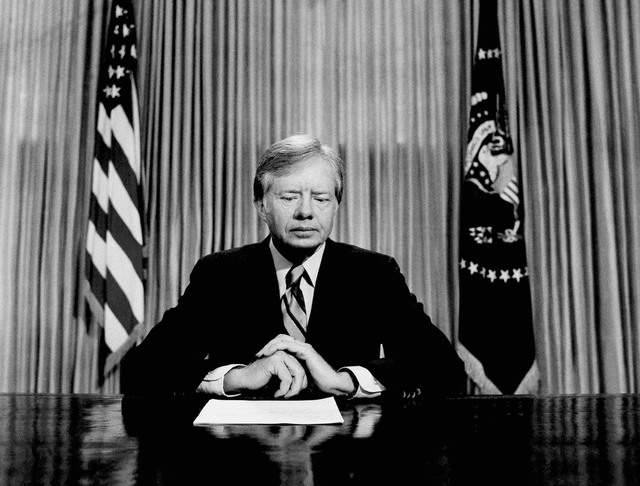
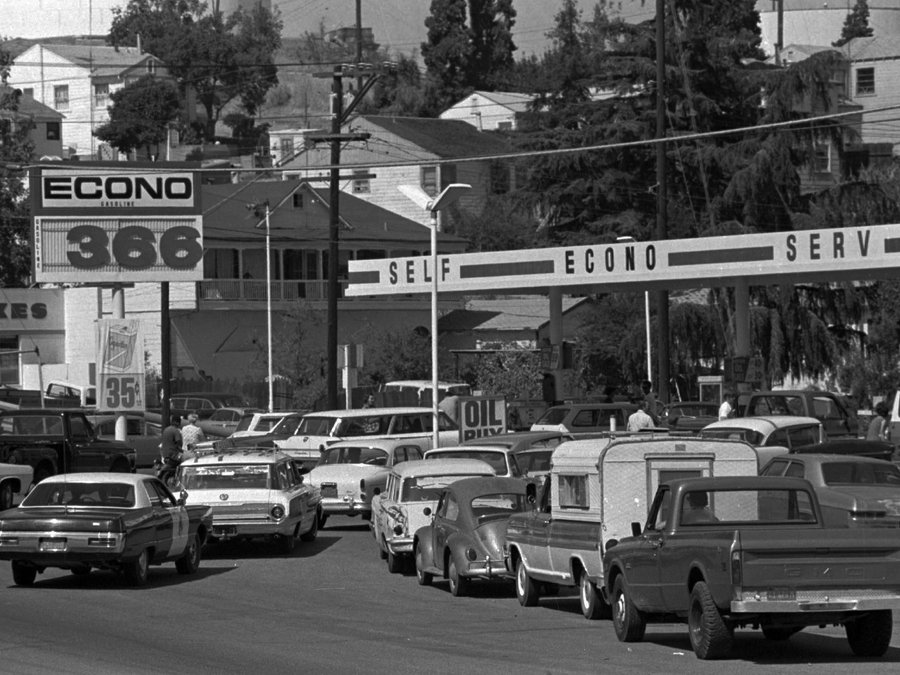
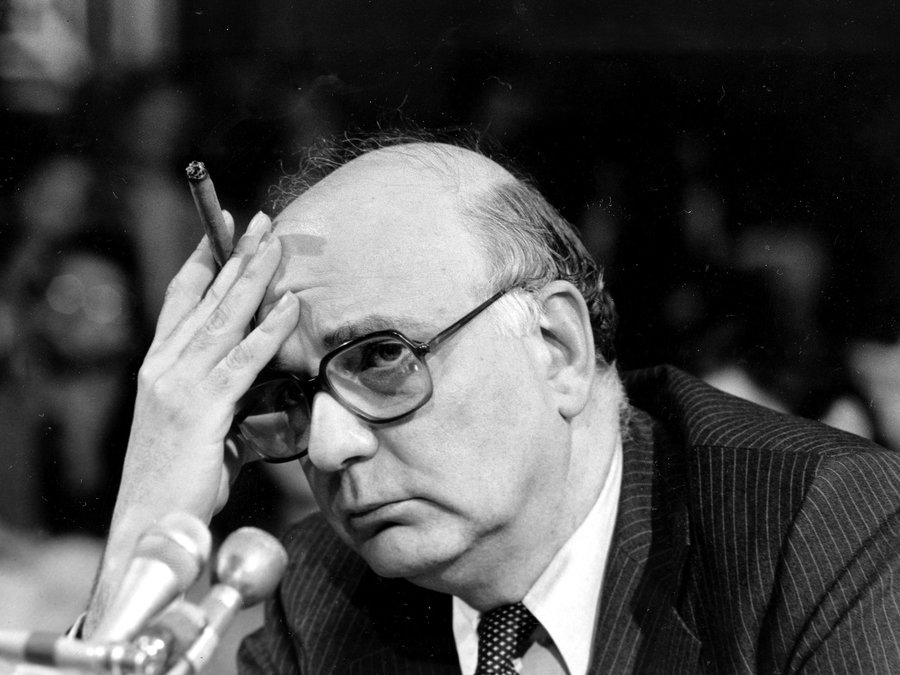
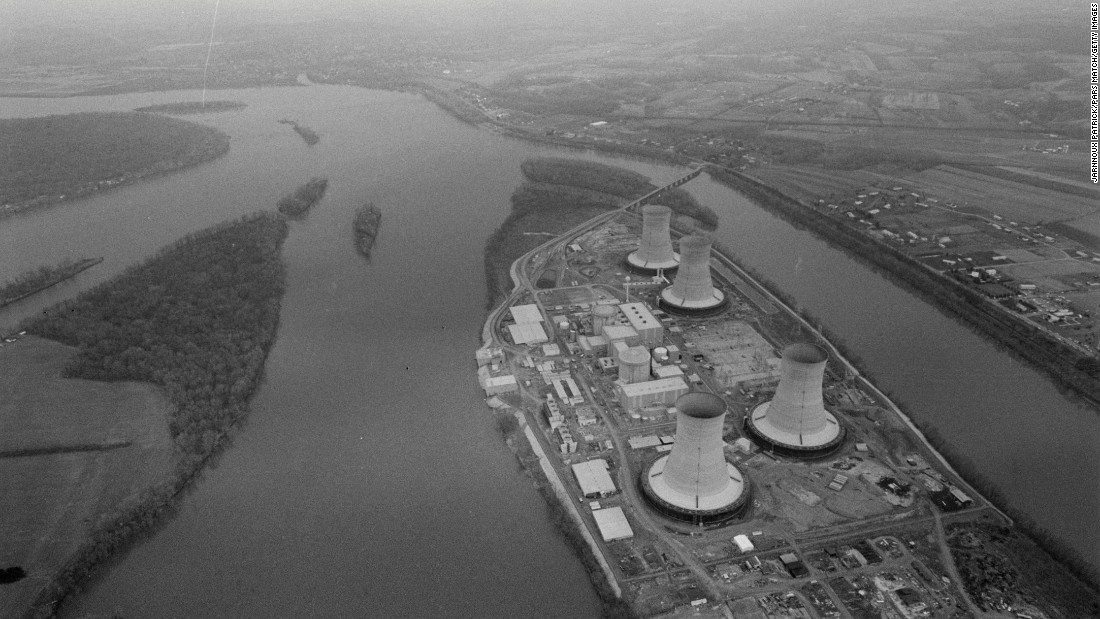
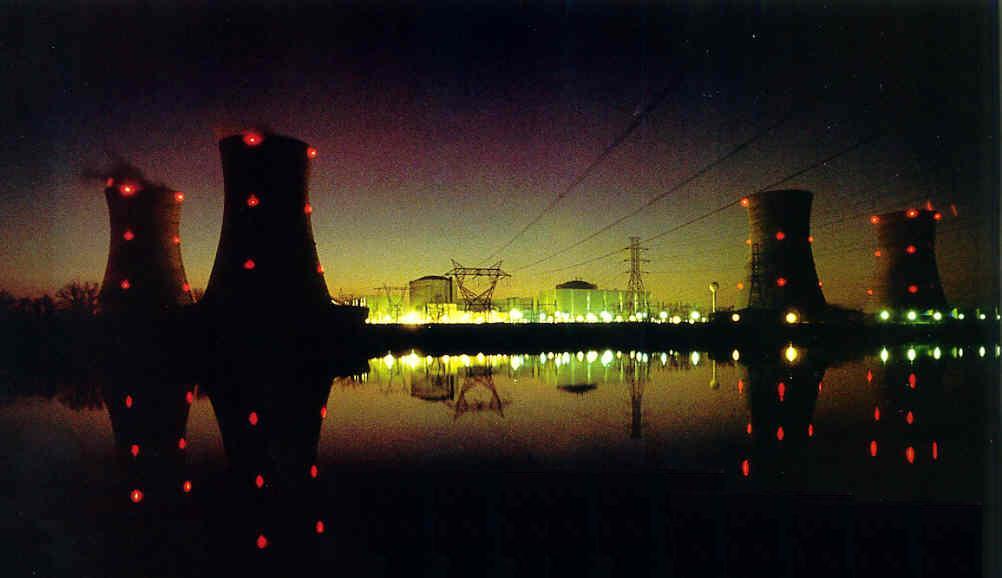
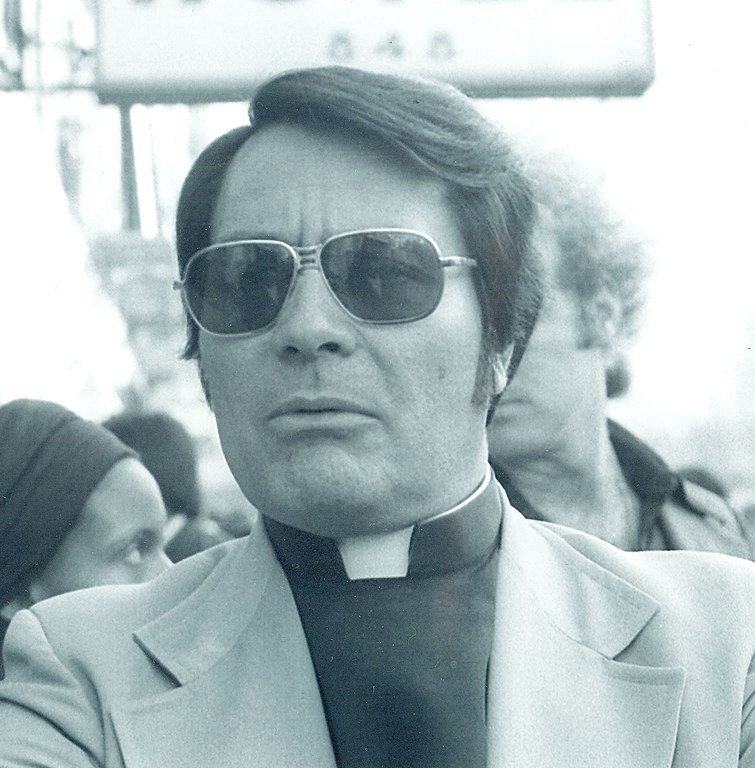
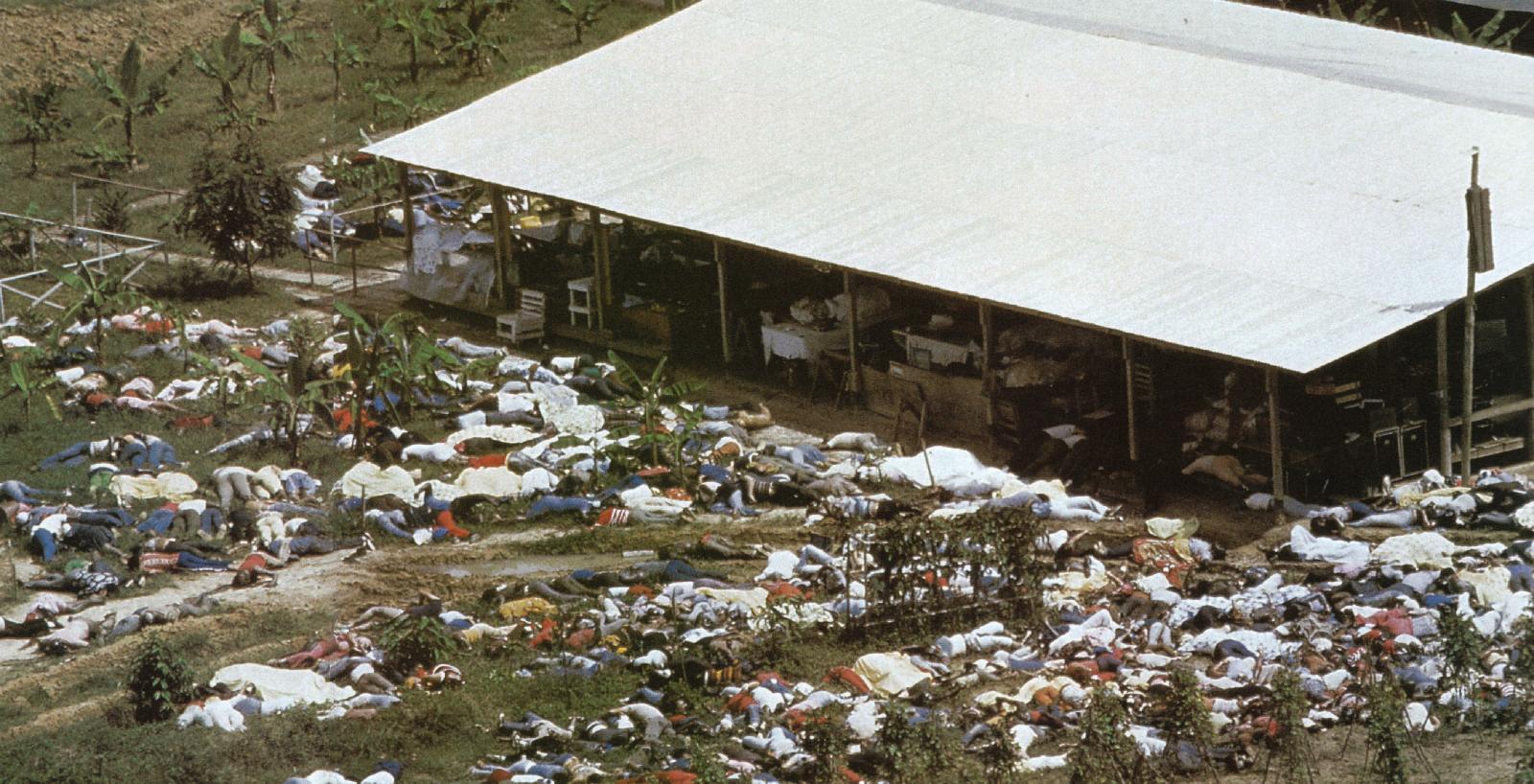

 Miles
H. Hodges
Miles
H. Hodges